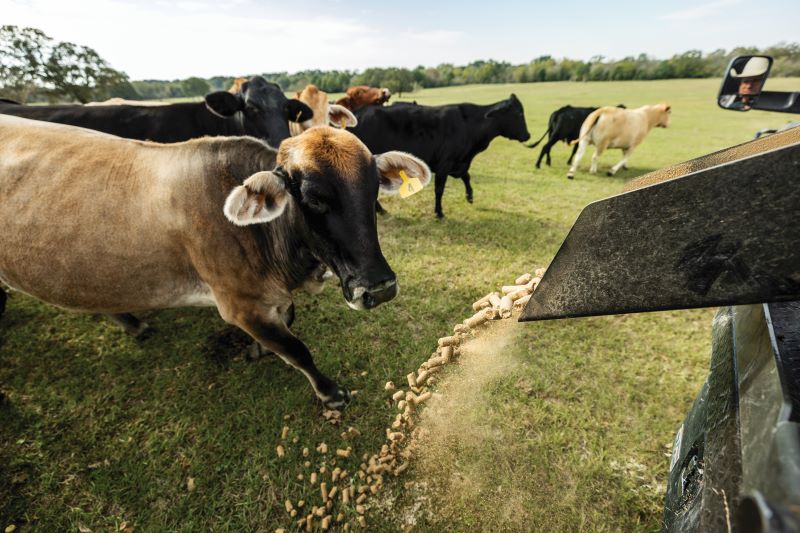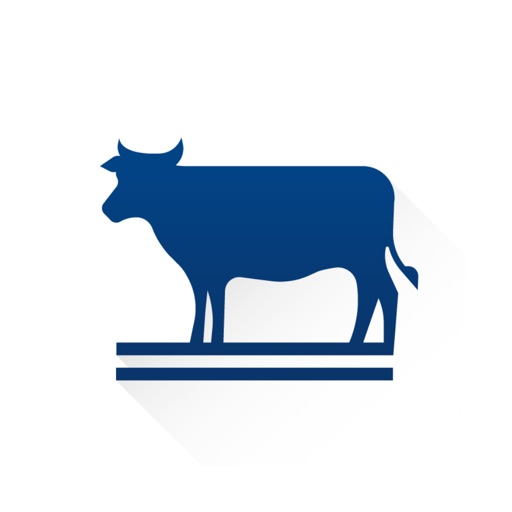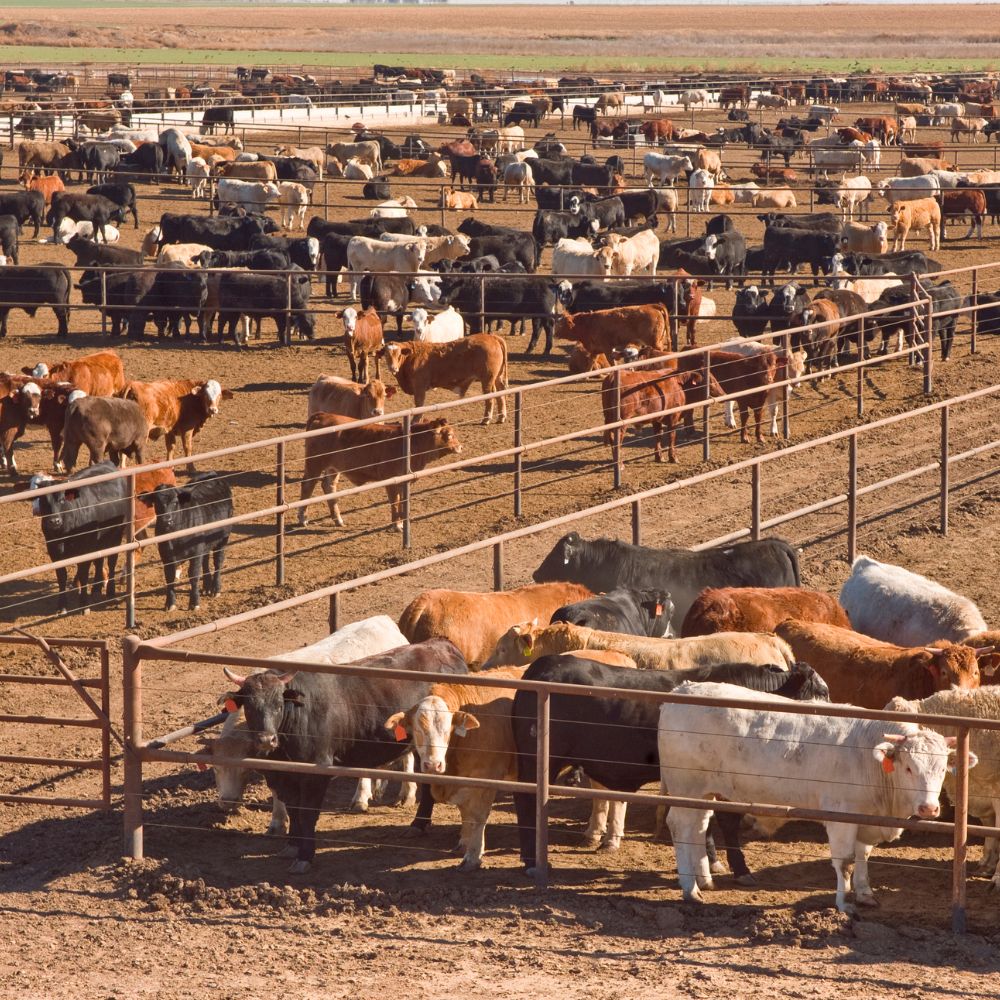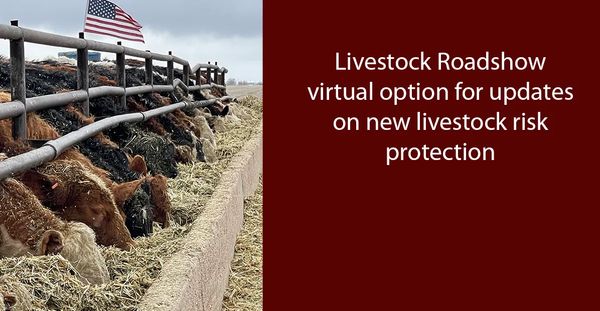Recognizing Livestock Threat Security (LRP) Insurance: A Comprehensive Overview
Navigating the world of livestock danger security (LRP) insurance can be a complicated endeavor for many in the farming field. From just how LRP insurance policy works to the various coverage alternatives offered, there is much to discover in this comprehensive overview that could potentially form the method livestock producers approach danger management in their businesses.

How LRP Insurance Coverage Works
Occasionally, comprehending the mechanics of Animals Risk Defense (LRP) insurance policy can be complex, yet breaking down just how it works can provide quality for ranchers and farmers. LRP insurance is a risk monitoring tool made to secure animals manufacturers versus unanticipated price decreases. It's essential to keep in mind that LRP insurance policy is not an income warranty; instead, it focuses entirely on price danger security.
Eligibility and Protection Options

When it comes to protection options, LRP insurance coverage supplies producers the flexibility to select the insurance coverage degree, insurance coverage duration, and endorsements that best match their risk management needs. Insurance coverage levels usually range from 70% to 100% of the anticipated finishing value of the insured animals. Producers can also choose insurance coverage durations that straighten with their production cycle, whether they are guaranteeing feeder livestock, fed livestock, swine, or lamb. Recommendations such as rate danger protection can additionally customize insurance coverage to secure against damaging market changes. By understanding the eligibility standards and coverage alternatives available, animals producers can make informed decisions to take care of threat successfully.
Advantages And Disadvantages of LRP Insurance
When evaluating Animals Danger Defense (LRP) insurance coverage, it is essential for animals producers to weigh the drawbacks and advantages intrinsic in this risk administration tool.

Among the main benefits of LRP insurance coverage is its capability to provide defense versus a decline in livestock rates. This can assist secure producers from monetary losses arising from market changes. Additionally, LRP insurance offers a degree of adaptability, enabling manufacturers to tailor protection degrees and policy periods to suit their particular needs. By securing in a guaranteed price for their livestock, producers can much better take care of danger and prepare for the future.
One constraint of LRP insurance is that it does not secure against all types of dangers, such as illness episodes or natural disasters. It is vital for producers to very carefully examine their specific danger direct exposure and financial scenario to identify if LRP insurance coverage is the right risk monitoring tool for their operation.
Recognizing LRP Insurance Premiums

Tips for Taking Full Advantage Of LRP Conveniences
Taking full advantage of the benefits of Livestock Danger Security (LRP) insurance requires critical preparation and proactive danger administration - Bagley Risk Management. To make the most of your LRP coverage, think about the complying with ideas:
Routinely Analyze Market Conditions: Keep educated regarding market trends and rate fluctuations in the livestock sector. By checking these aspects, you can make educated decisions concerning when to acquire LRP protection to protect against prospective losses.
Set Realistic Insurance Coverage Levels: When selecting protection levels, consider your production expenses, market value of livestock, and prospective dangers - Bagley Risk Management. Setting sensible protection levels makes certain that you are appropriately secured without paying too much for unneeded insurance policy
Expand Your Protection: Rather than depending exclusively on LRP insurance coverage, consider diversifying your threat administration techniques. Incorporating LRP with other danger administration devices such as futures agreements or options can give thorough protection versus market uncertainties.
Evaluation and Adjust Protection Routinely: As market problems change, periodically examine your LRP protection to ensure it lines up with your existing threat exposure. Readjusting insurance coverage degrees and timing of purchases can help enhance your danger security method. By complying with these tips, you Continued can optimize the advantages of LRP insurance and safeguard your animals procedure against unpredicted risks.
Verdict
Finally, animals risk security (LRP) insurance policy is a valuable device for farmers to handle the monetary risks linked with their animals procedures. By understanding how LRP functions, qualification and insurance coverage choices, as well as the advantages and disadvantages of this insurance, farmers can make educated choices to safeguard their incomes. By very carefully thinking about LRP costs and implementing approaches to make the most of advantages, farmers can mitigate prospective losses and make sure the sustainability of their procedures.
Animals producers interested in acquiring Livestock Threat Security (LRP) insurance coverage can explore an array of eligibility requirements and protection choices tailored to their details animals procedures.When it comes to insurance coverage choices, LRP insurance uses manufacturers the flexibility to pick the insurance coverage level, coverage period, and recommendations that finest fit their danger management needs.To grasp the ins and outs of Animals Danger Protection (LRP) insurance coverage totally, understanding the variables you can try this out influencing LRP insurance policy premiums is crucial. LRP insurance policy premiums are identified by different components, consisting of the insurance coverage level picked, the expected price of animals at the end of the insurance coverage duration, the type of livestock being guaranteed, and the size of the insurance coverage duration.Review and Change Protection Regularly: As market conditions alter, periodically review your LRP coverage to ensure it lines up with your current threat direct exposure.